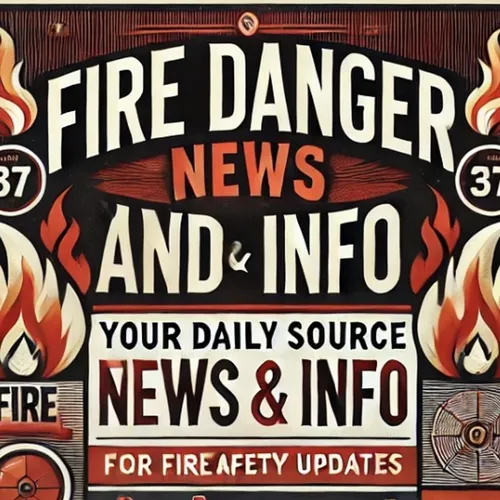Combating the Growing Threat of Wildfires: USGS Leads the Way in Fire Science Research
- Author
- Quiet. Please
- Published
- Wed 25 Dec 2024
- Episode Link
- https://www.spreaker.com/episode/combating-the-growing-threat-of-wildfires-usgs-leads-the-way-in-fire-science-research--63472723
Wildfires have become increasingly destructive across the western United States, threatening lives, property, and ecosystems. As these fires grow in frequency and intensity due to climate change and human activity, understanding fire science is critical for effective management and mitigation. The United States Geological Survey (USGS) plays a vital role in advancing our understanding of wildfires and developing strategies to reduce their devastating impacts.
Fire science encompasses a wide range of studies, including the behavior of fires, their ecological effects, and the development of technology to monitor and predict fire events. With the complex interplay of factors that contribute to wildfires, such as drought, vegetation, weather patterns, and human activities, it's crucial to employ a multidisciplinary approach to study and address these challenges.
The USGS Wildland Fire Science program is at the forefront of this research. By leveraging cutting-edge technology and interdisciplinary methodologies, USGS scientists provide essential insights into wildfire dynamics. This includes mapping fire-prone areas, understanding fuel sources, and analyzing post-fire effects on landscapes and communities. Such research is instrumental in informing policy decisions and guiding the development of proactive fire management practices.
One key area of focus is the use of remote sensing technology to monitor wildfires. Satellites equipped with advanced sensors can capture high-resolution images that allow scientists to assess fire severity, track changes in vegetation and soil conditions, and evaluate fire recovery over time. This data is invaluable not only for immediate firefighting efforts but also for understanding long-term ecological impacts and implementing restoration strategies.
Moreover, the USGS collaborates with federal, state, and local agencies to improve wildfire prediction models. By integrating weather data, fuel conditions, and topographical information, these models help anticipate where and when fires are likely to occur. Such predictive capabilities are crucial for allocating firefighting resources effectively and minimizing risks to people and property.
The ecological consequences of wildfires also demand attention. Fire plays a natural role in certain ecosystems, promoting biodiversity and regeneration. However, when fires occur too frequently or with abnormal intensity, they can damage habitats, alter soil properties, and threaten species survival. USGS research seeks to balance the ecological benefits of fires with strategies to protect sensitive environments and prevent irreversible damages.
Community engagement and education are also central to mitigating wildfire risks. The USGS encourages collaborations with communities in fire-prone areas to develop emergency preparedness plans and promote fire-adaptive practices. By increasing public awareness and fostering resilience, these initiatives contribute to reducing the human and economic toll of wildfires.
Visit the USGS Wildland Fire Science webpage to learn how USGS science is making a difference in our fight against wildfires. Through continued research, technological innovation, and collaboration, the USGS is committed to advancing fire science and safeguarding the American West from the ever-present threat of wildfires.
